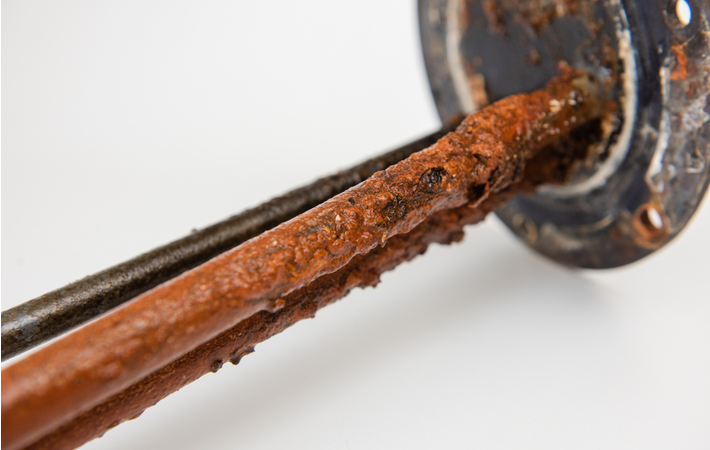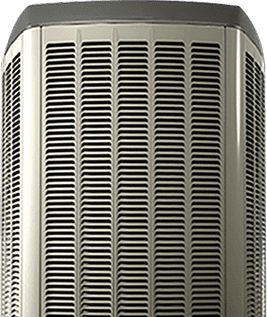Your Water Heater: 5 Things You Should be Doing

Your Water Heater: 5 Things You Should Be Doing
Let’s face it. Many of us don’t give a second thought to our water heater. After all, life is busy. As long as we are getting the hot water we need when we need it, we assume everything is working as it should.
Until it isn’t.
A lack of hot water is never an enjoyable surprise. Suddenly, repairing our water heater and restoring hot water becomes the number one priority over everything else.
But should we wait until the worst happens before we pay attention? Being proactive can save you time and money in the long run. And it doesn’t take long. Here are some quick tips and easy tricks that can prolong the life of your water heater and save you the trouble of an unexpected repair or replacement bill.
Check For Leaks
Generally, our water heater is ‘out of sight, out of mind’; tucked away in our home far from where we spend most of our time. And it is for that very reason we should check in on it periodically for signs of water leakage. Leaks can be particularly problematic: depending on the source, the fix can range from an easy repair to a complete replacement.
Leaking Drain Valve
Water heaters always have a tap or drain near the bottom of the unit so the tank can be emptied as needed. Check to see if the water is leaking from this drain opening or around the valve itself. If there is a leak, tightening the valve can solve the problem, but it’s difficult to know how tight it should be without the proper training. If you notice a leak, it’s best to contact a professional.
Leaking Pressure Relief Valve
For safety reasons, every traditional water heater has a pressure relief valve that relieves tank pressure when it becomes too hot. Located on either the top or bottom of the unit, this valve is designed to expel water, so a release of some water is normal. However, it is wise to check your thermostat to see if your setting is too high under the Government of Canada standards. If it is, lower the temperature slightly. If you find the temperature is normal, but the unit is expelling water, this valve may be faulty and may need replacement.
NOTE: If you are self-proclaimed DIYer, and adept at home repair, these valves are readily available at any hardware store and can be replaced for a minimal cost. However, when in doubt, contact a professional. Not only will they replace your valve, but they will also check your overall unit to ensure it is working as it should.
Leaking Tank
If you find water discharge that is not coming from a tap or valve, it may be coming directly from the tank itself. Sediment can often build up in traditional water heaters, causing them to rust and corrode. This sediment is often made up of salt and other chemicals that can eat through your tank, creating tiny holes to appear. Over time, these holes will get larger, and water leakage will increase. A corroded tank is not easily fixed and may require complete replacement.
Insulate Your Water Heater
To prolong the life of your water heater and cut down on energy bills, you may opt to insulate your heater using a thermal wrap. Available at your local hardware store, these wraps cut down on standby heat loss, especially when your unit is stored in a cold basement or furnace room. It also insulates the heat inside your tank, promoting efficiency and ultimately extending your unit’s life.
Flush The Tank
Manitoba Hydro recommends testing your water for improper sediment levels regularly to keep energy bills down and prolong the life of your water heater.
You may notice a strange smell, taste, or colour of your water if your water tank has a sediment problem. If you suspect irregular sediment levels may be the cause of your water heater issues, contact a professional to book a maintenance appointment. Although water tanks might seem harmless, the contents are under pressure and attempting to solve the problem yourself could cause a much bigger (and more expensive) problem.
Use Your Vacation Setting
To prolong the life of your water heater, and to cut down on energy costs, you can turn the set temperature of your unit down when not in use. Many modern water heaters have a built-in ‘vacation mode setting,’ making it easy to switch to a low-efficiency, energy-saving setting when away. If you don’t have this setting, simply turn your temperature dial down to between 54 C and 49 C for best results. Make sure you reset the temperature to your normal settings when you return.
Replace Your Anode Rod
Because water heaters are made of metal and are continuously heating water, corrosion is inevitable. Luckily, this doesn’t happen overnight: if your hot water tank is correctly maintained, it can last, on average, up to 7 to 15 years.

To abate corrosion, an anode rod is placed inside your hot water tank, designed to corrode and rust in place of your tank. Therefore, it is important to check your anode rod periodically (we recommend annually) to ensure it is still intact – if it is corroded entirely and cannot endure any more deterioration, your tank will be compromised. Anode rods can be purchased from your hardware store and replaced, but like any appliance around your house, it’s best to contact a professional for the safest and most reliable repair.
Call In The Professionals
Don’t ignore your water heater. Checking in on it once in a while and following these 5 simple maintenance tips can significantly prolong the life of your unit and ward off unexpected repair and replacement costs. However, when you do need to call in the professionals, Furnasman Heating & Air Conditioning is here to help. Our home comfort experts have been serving the Winnipeg area for over 80 years and can help. Contact us to schedule a free in-home assessment or to learn more about our traditional water heater maintenance and installation services or tankless options.
